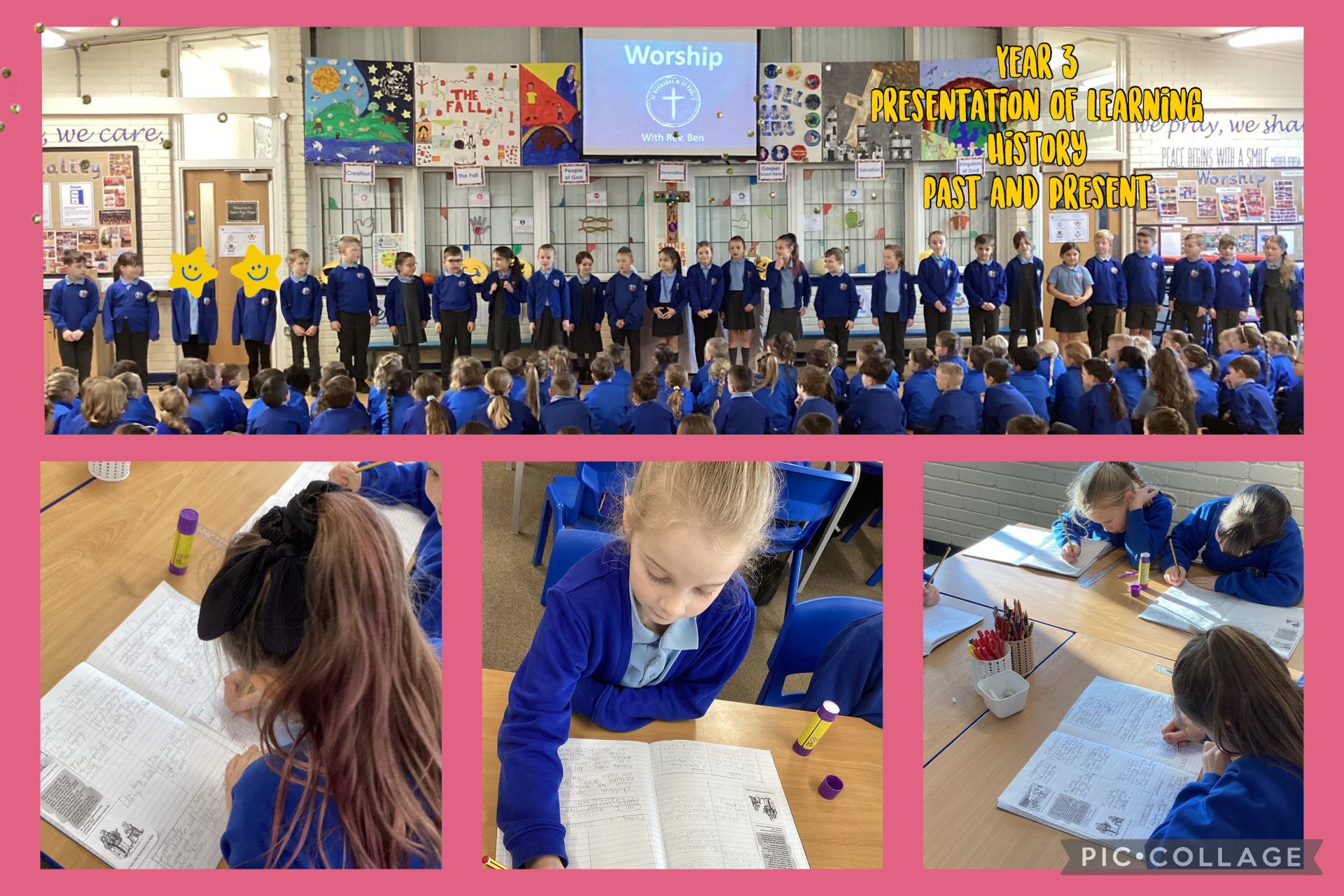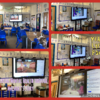
Over the past three weeks, Year 3 has been learning about how children's lives have changed over time, comparing the past and present. Today, we shared our findings with the whole school in History and Guided Reading. We discovered that childhood and adulthood were defined differently in various historical periods—Roman children were considered adults at 12 or 14, Tudor children started working as young as 7 or 8 and became adults at 15, while in Victorian times, adulthood was reached at 21. Today, the legal age of adulthood is 18. We also explored how daily life has evolved, from clothing differences in Roman and Tudor times to changes in communication, transport, and technology. In the 1930s, toys were homemade from wood, and before Sat Navs, people relied on paper maps to plan their journeys. Seatbelts and airbags were only introduced in 1959, and television was only available in black and white until the 1970s. In the 1990s, Sat Navs were invented, and home computers connected to the internet using phone lines. The children have been great historians, asking thoughtful questions and making insightful connections, and they are thoroughly enjoying this unit as they continue to explore how the past has shaped the world they live in today.


